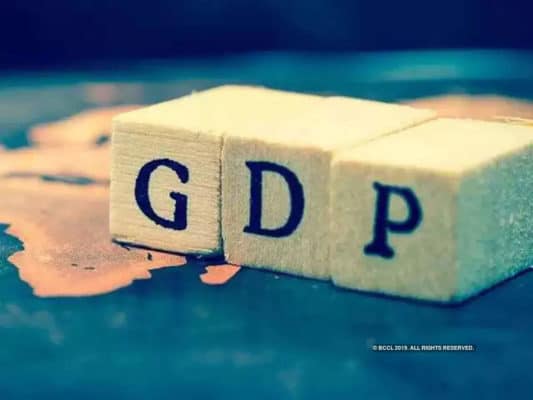Moody’s revises India GDP forecast to 5.6 pc, slowdown lasting longer than expected

New York [USA], Nov 14: India’s economic slowdown is lasting longer than previously expected, Moody’s Investors Service said on Thursday while pegging its forecast for the gross domestic product (GDP) growth at 5.6 per cent in 2019 calendar year.
“We have revised down our growth forecast for India. We now forecast slower real GDP growth of 5.6 per cent in 2019 from 7.4 per cent in 2018,” it said in the Global Macro Outlook for 2020-21. “We expect economic activity to pick up in 2020 and 2021 to 6.6 per cent and 6.7 per cent respectively, but the pace to remain lower than in the recent past,” it said.
India’s economic growth has decelerated since mid-2018 with real GDP growth slipping from nearly 8 per cent to 5 per cent in the second quarter of 2019 and joblessness rising.
Moody’s said the investment activity was muted well before that but the economy was buoyed by strong consumption demand. “What is troubling about the current slowdown is that consumption demand has cooled notably,” it said in the report.
The government has undertaken a number of measures to arrest the growth slowdown. In September, it announced a cut in the corporate tax rate to 22 per cent from 30 per cent. It also lowered the tax rate for new manufacturing companies to 15 per cent to attract new foreign direct investment flows.
The tax cuts bring India in line with rates in other Asian countries. The government’s other initiatives include bank recapitalisation, the mergers of 10 public sector banks into four, support for the auto sector, plans for infrastructure spending as well as tax benefits for startups.
“However, none of these measures directly address the widespread weakness in consumption demand which has been the chief driver of the economy,” said Moody’s.
With regard to monetary policy, the Reserve Bank of India (RBI) has aggressively cut rates this year and more rate cuts are likely. Benign domestic inflationary pressures, subdued oil prices and easing in other parts of the world will allow the central bank to continue to pursue an accommodative monetary policy stance.
“However, the transmission to lending rates continues to be hindered by the credit squeeze caused by a disruption in the non-bank financial sector,” said Moody’s. “While our baseline forecasts assume that economic momentum will pick up, there are risks to the downside. Slow employment growth is weighing on consumption. The interest rate cutting cycle is not adequately being transmitted, which is hampering investment as companies’ borrowing costs remain elevated.”
Moody’s said global growth will remain soft over the next two years. As the global economy continues to slow toward a lower long-term trend, business sentiment across major economies has become downbeat amid elevated trade policy uncertainty.
“We do not expect the global economy to enter a recession in 2020 or 2021. However, the current economic environment is characterised by structurally low growth, low inflation and limited policy space, making the global economy more vulnerable to negative developments.”
Trade tensions and geopolitical risk in the Middle East, East Asia and South Asia have injected additional uncertainty, making long-term spending and investment decisions difficult, said Moody’s.







